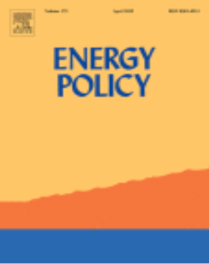Inge Mayeres, Stef Proost, Eef Delhaye et all
04/03/2024
The EU is aiming to reduce the climate impact of aviation using a basket of measures, including support for R&D on carbon neutral aircraft, improvements in air traffic management and the inclusion of aviation in the EU Emissions Trading System (EU ETS). It is now also considering policies to boost the production and uptake of sustainable aviation fuels (SAF), one of which is a specific blending mandate for sustainable aviation fuels.
This paper assesses the costs of policies to promote the uptake of sustainable aviation fuels to reduce the greenhouse gas emissions of aviation in the EU. Different policies for attaining a minimum sustainable aviation fuel share are assessed, taking into account sustainability requirements and the costs and potential of feedstock supply.
The analysis shows clearly that reducing GHG emissions in the EU aviation sector by imposing an uptake of sustainable aviation fuels is 5–10 times more expensive than other options. These welfare costs are not immediately transparent when blending mandates are imposed because the high costs of the SAF that are imposed are hidden in a relatively moderate increase of the average market price of aviation fuels in the EU. These results hold whatever policy mechanism one uses to guarantee a mínimum
The cost-effectiveness of these policies is compared to simpler CORSIA-type emission trading schemes, using a model that combines the demand functions for road, rail and maritime transport fuels, the supply functions of the related feedstocks as well as the environmental sustainability characteristics of the fuels.
For aviation a distinction is made between fuel demand for intra-EU flights and for incoming and outbound EU flights. It is shown that policies that aim to achieve a minimum share of 3.5% or 5.25% sustainable aviation fuels by 2030 in the EU are 5–10 times more expensive to reduce greenhouse gas emissions than a simpler emission trading mechanism like CORSIA.



